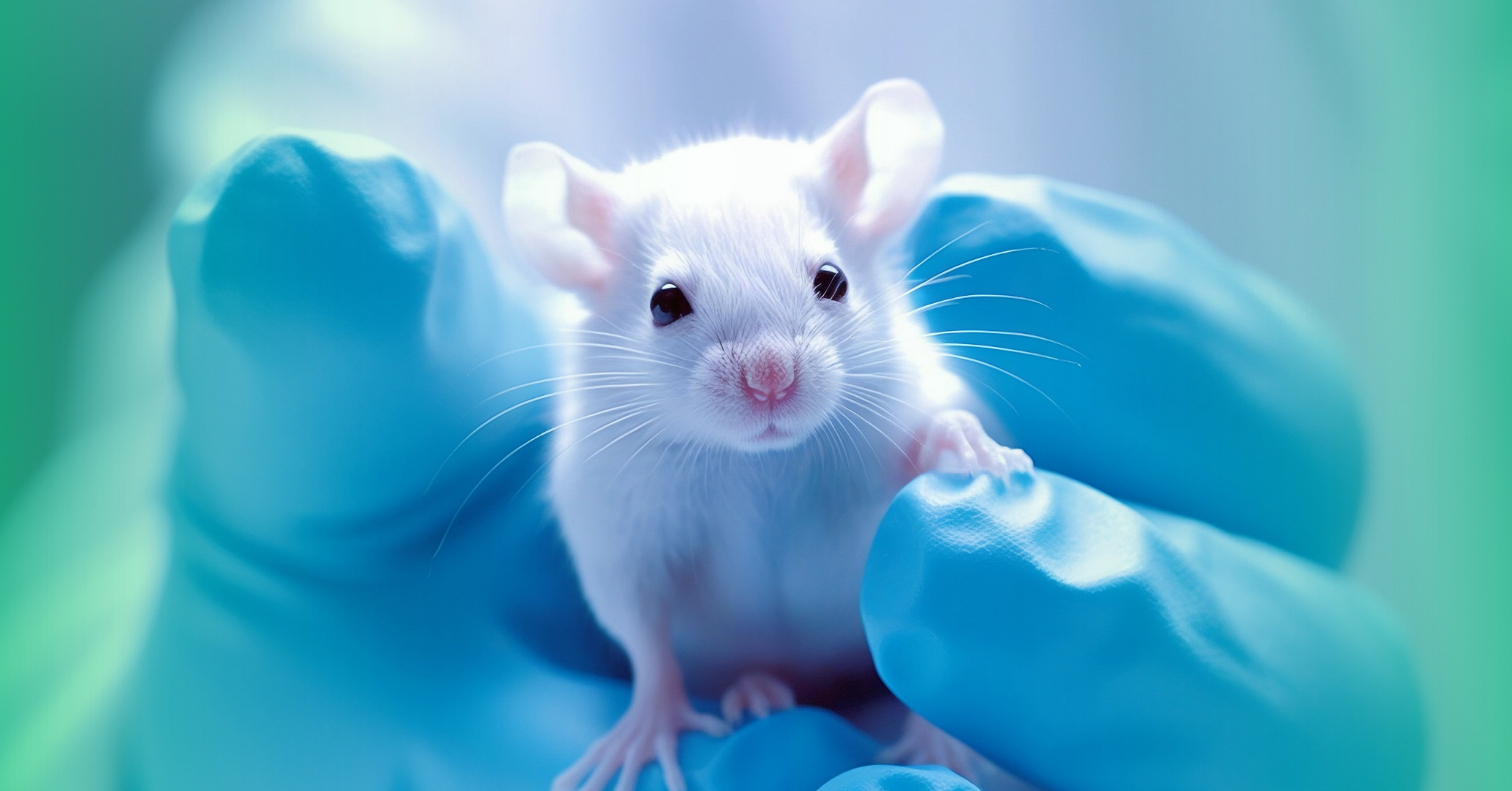
Alzheimer’s Research: Why the Mouse Model Keeps Failing
Understanding Animal Research (“UAR”) – i.e., the animal research industry itself – is hailing a new drug for Alzheimer’s Disease (“AD”). Though neither a preventive treatment nor a cure, UAR is calling this “disease-modifying treatment” a “landmark drug” . . . which, if true at all, is only so because of the shockingly bleak, wasteful, and futile history of other-than-human animal experimentation concerning AD.
The failure rate of animal research to translate into human AD therapeutics is over 99%.
AD represents one of the starkest examples of “repeated failures based on animal models” in “drug development”: “[t]housands of drugs have been tested for their potential as AD treatments”, yet only a handful or so have been approved for human use by the FDA.
Even more concerningly, the approved drugs “only scratch the surface of AD therapy” and do not boast any “evidence of significant clinical benefit” – indeed, these drugs are so weak that their FDA approval may be insightfully described as nothing more than a damning “measure of the dearth” of research progress into AD.
And, it’s not for lack of financial resources, which have been and remain exorbitant.
Over 40,000 AD-related research articles have been published, fueled by billions of dollars in financial investment. Indeed, between 2011 and 2019 alone, the NIH spent more than $5 billion on AD and AD-related research.
Yet, clinical advances in either AD’s prevention or treatment have remained elusive . . . and for at least one strikingly obvious reason.
It’s because we’re not mice. (In truth, “‘[i]f we were all mice, Alzheimer’s disease . . . would be a thing of the past….’”)
The vast majority of AD research has victimized rodents, particularly transgenic, inbred mice. (Indeed, the “business of breeding transgenic animal strains for AD research has flourished, and there are several commercial sources for these animals” – including JAX.)
But, this approach is intractably and fundamentally flawed (as well as unethical) for myriad reasons, including:
- Mice are not humans, and humans are not mice. Mice and humans may share 92% of their DNA, but “the same genes . . . function differently in the cells of different animals”, and “[t]wo-thirds of all genes shared between mice and humans are expressed differently in the same cell type”.
- AD is a human, not a murine, disease. AD occurs naturally only in humans, such that all animal research into AD relies entirely on the artificial induction of a disease-like state in other-than-human animals. Consequently, “none of these animal models reflect the pathogenesis of the disease as it occurs in humans….”; research findings reflect only the “pathogenesis and progression of simulated AD-like disorders . . . for the transgenic [other-than-human] species studied”; and “no individual animal model or combination of models relates the clinicopathological complexity of human AD or translates to improved outcomes for [human] AD patients.” Moreover, as summarized by one commentator, “[u]sing genetically modified mice with identical DNA ‘is like devising a cure for only one human out of the 7.5 billion people on Earth.” (And, actually, the drug UAR is raving about was developed using “aged myloid precursor protein transgenic [or genetically modified] mice”.)
And, if all that isn’t bad enough, an industry whistleblower and subsequent investigations have revealed that the AD research field has long been rife with fabricated data that “experts now suspect . . . ha[s] misdirected Alzheimer’s research for 16 years.” Such invalid scientific claims and falsified results have led directly to even more wholly unjustifiable animal research that harms everyone, with animals continuing to endure the horrors of vivisection and humans continuing to suffer (without remedy) the horrors of AD.
Only research that is specific to the human animal will help those suffering from AD.
Researchers, scientists, and healthcare professionals not beholden to the animal research industry agree that only “through innovative and nontraditional research design, specifically human-relevant research” may we overcome the failure of AD research to translate into “AD prevention, treatment, and successful drug development….”
The pathway to a brighter future for AD sufferers is clear, yet the animal research industry remains fixated on human-irrelevant (i.e., animal) research . . . adding ever more evidence to the dismal, overwhelming reality that the industry’s goal is not to help humans.
Share this article on Facebook or share it on X (Twitter)
Good news: new legislation has made it so the U.S. Food and Drug Administration (FDA) no longer requires preclinical experiments on animals before a drug is approved for human use. We still have a long way to go before we end animal experimentation for good — but the FDA Modernization Act 2.0 is a big step in the right direction.